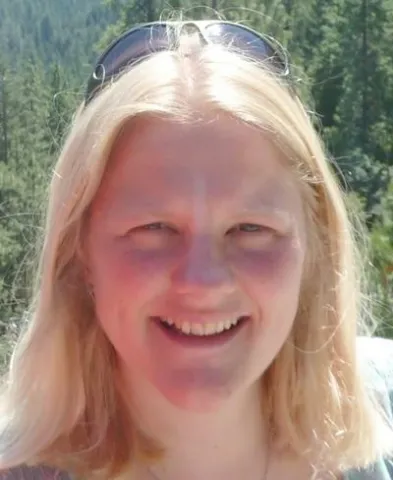About the project
Large-scale geological storage of CO2 will reduce net CO2 emissions globally. This project focuses on a CO2 storage candidate within the Wessex Basin, UK. It combines field and laboratory observations with simple modelling to assess the influence of heterogeneities within the Sherwood Sandstone Group (reservoir) and Mercia Mudstone Group (seal) on the geomechanical and fluid flow response of the storage complex.
This project, open to UK and EU applicants only, focuses on a CO2 storage candidate within the Wessex Basin, UK.
Carbon dioxide (CO2) storage in geological formations is a key mitigation strategy to reduce global anthropogenic CO2 emissions. In the UK, the Solent Cluster initiative aims to decarbonize the South of the UK by capturing up to 10 million tonnes of CO2 per year and store them in geological formations located nationwide.
One promising offshore storage site is located within the Wessex Basin, along the southern coast of England. In this basin, the potential CO2 storage candidate is the Sherwood Sandstone Group and the potential seal is the Mercia Mudstone Group. Some existing studies focus on the identification and characterization of heterogeneities from analog outcrops comprising these units [e.g. 1], whereas others focus on the characterization of geomechanical and fluid flow properties in the laboratory [e.g. 2].
This project bridges across scales and types of observations to better understand and quantify the influence of lithological, sedimentological, and structural heterogeneities on the geomechanical and fluid flow properties and response of a CO2 storage candidate in the Wessex Basin, which is being investigated by the project partner ExxonMobil. To do this, this project will combine field and laboratory work complemented with simple analytical and numerical modelling [e.g. 3].
This project will increase confidence in the predictions of the spatial and temporal evolution of the CO2 plume during and after injection and, ultimately, will aid the acceleration of offshore geological storage of CO2 in the UK by providing scientific/technical evidence to ExxonMobil, government, the public and independent environmental stakeholders.
References
[1] Alshakri, J., Hampson, G. J., Jacquemyn, C., Jackson, M. D., Petrovskyy, D., Geiger, S., Silva, J. D. M., Judice, S., Rahman, F., & Sousa, M. C. (2023). A screening assessment of the impact of sedimentological heterogeneity on CO2 migration and stratigraphic-baffling potential: Sherwood and Bunter sandstones, UK. Geological Society, London, Special Publications, 528(1), 245–266. doi: 10.1144/SP528-2022-34
[2] Armitage, P. J., Worden, R. H., Faulkner, D. R., Butcher, A. R., & Espie, A. A. (2016). Permeability of the Mercia Mudstone: suitability as caprock to carbon capture and storage sites. Geofluids, 16(1), 26–42. doi: 1111/gfl.12134
[3] Falcon-Suarez, I., Marín-Moreno, H., Browning, F., Lichtschlag, A., Robert, K., North, L. J., & Best, A. I. (2017). Experimental assessment of pore fluid distribution and geomechanical changes in saline sandstone reservoirs during and after CO2 injection. International Journal of Greenhouse Gas Control, 63, 356–369. doi: 10.1016/j.ijggc.2017.06.019
Training
All doctoral candidates will enrol in the Graduate School of NOCS (GSNOCS), where they will receive specialist training in oral and written presentation skills. They will have the opportunity to participate in teaching activities, and have access to a full range of research and generic training opportunities.
GSNOCS attracts students from all over the world and from all science and engineering backgrounds. There are currently around 200 full and part-time PhD students enrolled (~60% UK and 40% EU & overseas). Specific training will include:
• Field mapping and characterization of lithological, sedimentological, and structural features
• Laboratory testing and characterization of geomechanical and fluid flow properties of rock samples for CO2 storage
• Process-based modelling of hydromechanical behaviour of rocks for CO2 storage
• Attendance at appropriate international carbon capture and storage (CCS) summer schools (e.g., IEAGHG)
The student will also benefit from cross-university activities and opportunities through the Southampton Marine and Maritime Institute and through the Solent Cluster initiative.
Supervisors
As well as Dr Hector Marin Moreno, Dr Esther Summer, Dr Madhu Murthy and Dr Ismael Himar Falcon-Suarez you will be supervised by Clare Glover from the ExxonMobil.

